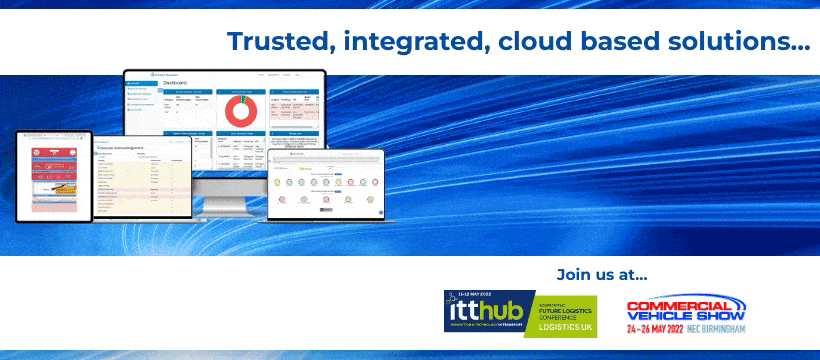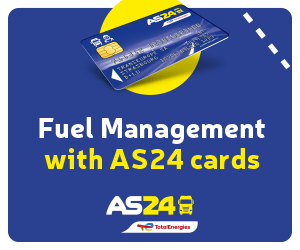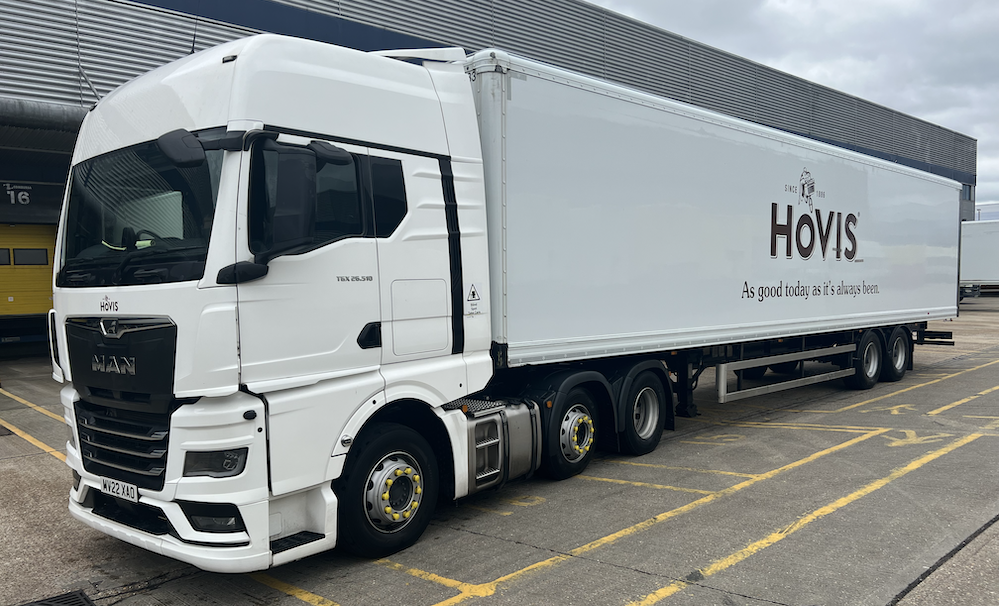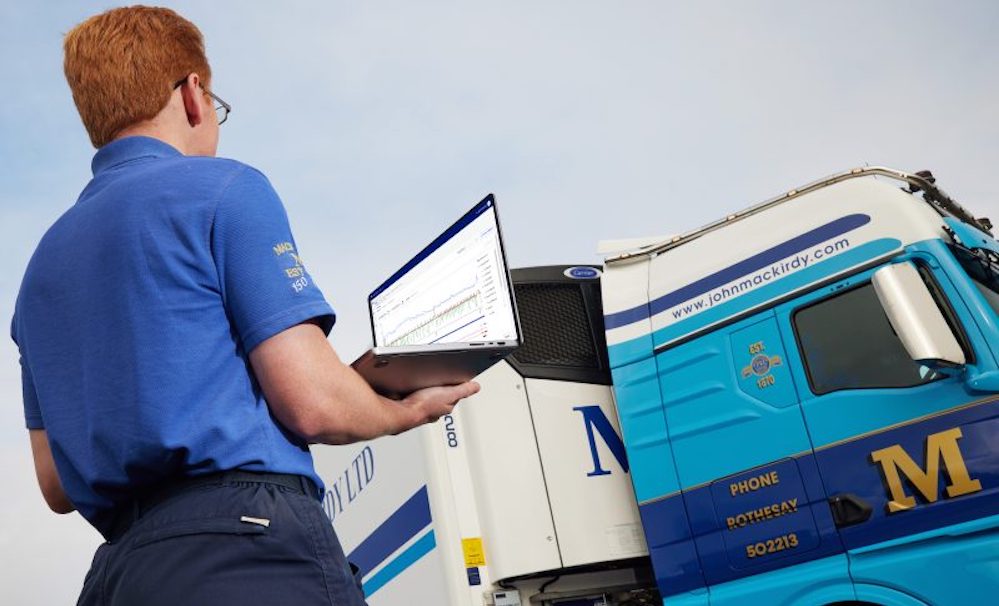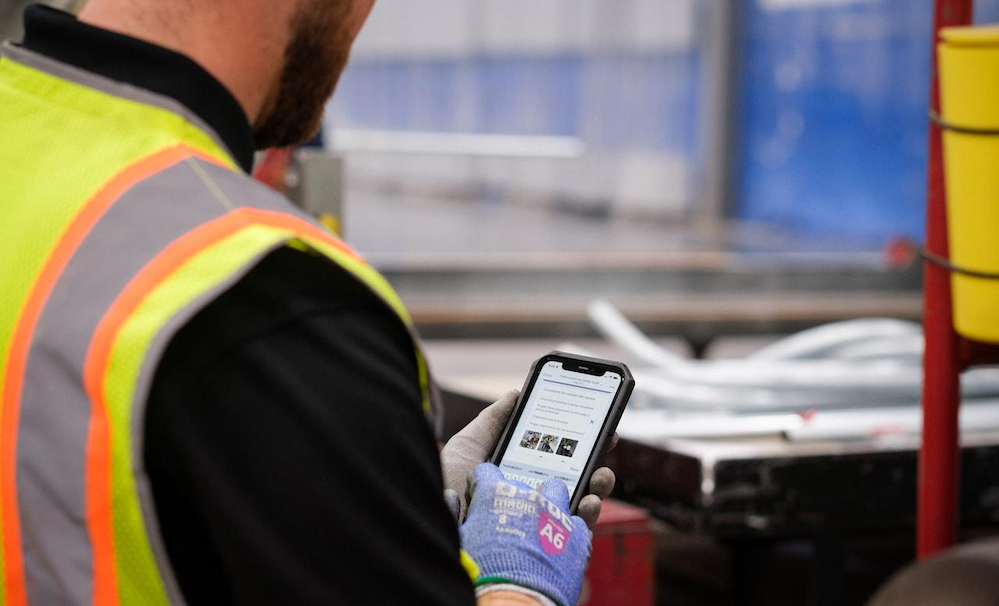Advanced machine learning techniques are being used by FleetCheck to bring about what the company describes as its number one enhancement request from users of fleet management software.
The technique – which use data to improve how a system performs a repetitive task over time – is being applied to create a new methods of easily importing information from paper and PDF documents.
Peter Golding, managing director, explained that avoiding retyping details from paper or scanned such as invoices, fuel receipts and checksheets were the most common wish from its customer base when asked what they would like to see from products in the future.
He said:
“One of the major barriers which make it hard to fully digitalise company car, van and truck management processes is that many fleet suppliers still use paper based systems or scanned PDF documents and images rather than easily imported, structured data. Ideally, our users would like to be able to scan these pieces of paper or import these PDF files and the software then identify what the document represents before automatically importing the relevant information into the right field of their system.
At present, we don’t know of any fleet software that can do this. It is a really tough coding problem, meaning that the software would have to be able to identify an invoice, for example, and then draw the relevant figures in the right places. There are difficult obstacles here. How does the system know which are the figures for the invoice subtotals and total and which are other numbers on the page that have no direct relevance, such as the postcode or the phone number?
FleetCheck’s team are trailing a solution using machine learning models for common documents to solve these issues, he added:
“We’re seeing some success and envisage our system soon being as accurate as a human entering data and much faster. It’s a step change that will bring real benefits to our customers and represents a small revolution in terms of what fleet management software can do.
Following several years looking at this area, our aim is to bring something to market later in 2022 that will deliver at least some of the benefits that we know fleets are seeking. It’s an exciting moment.”
